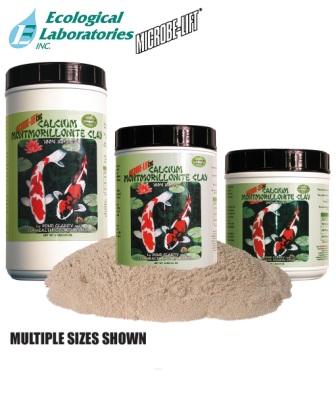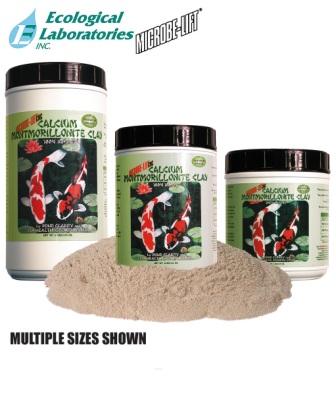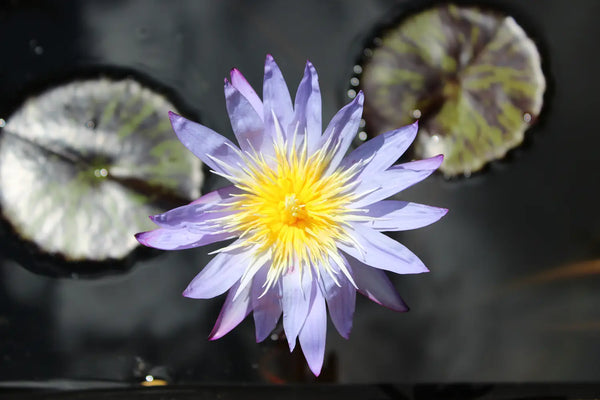
What is Calcium Montmorillonite Clay or Calcium Bentonite Clay?
Calcium Montmorillonite Clay or Calcium Bentonite Clay is rich in minerals and trace elements (contains over 60 trace minerals) that are needed to help the overall vitality of our fish. It is believed by many to be the secret to the healthy, vibrant-colored koi found in Japan. The Japanese are said to replenish their mud ponds in the spring before filling with Koi. You can simulate this same activity by gradually adding this clay to your pond on a regular basis all year round. If your local water supply is treated to remove a lot of these minerals and trace elements that our fish thrive on, it can be especially beneficial to add this clay.
“Montmorillonite” is a term used to describe a wide family of clays which are mined all over the world, and is a component of volcanic ash weathering. Most people use clay to improve water clarity, but the main reason to apply clay to your pond is for its unseen actions during ion exchange. The added clay is in an alkaline state retaining its electrically active, negatively charged ion. Once introduced to the pond, the toxins, bacteria and pathogens in the water, which carry a positive electrically charged ion, bind to the negatively charged ions in the clay. These particles are held in a suspended state inside the clay particle until it is filtered out of your pond. This ion exchange aides in toxin removal, while replenishing minerals and trace elements. Some of the trace elements include: calcium, magnesium, potassium, sodium and iron.
Suggestions on Usage
There are several ways to introduce clay into your pond besides just the regular maintenance dosage available with your product. Additionally, you can roll your fish food in the clay. After the clay is absorbed into the food, you can feed your fish a more nutritionally complete version of fish food. Once ingested by the fish, the clay binds to the toxins while passing through the digestion system. It’s also stated to strengthen the immune system, enhance the production of enzymes and detoxify the body in general.
When re-potting your plants in the spring, add a few tablespoons of clay to the potting soil along with fertilizer tabs. Many have noticed beautiful results.
There is even plenty of information available on the benefits for humans and animals.
Are All Calcium Montmorillonite/Bentonite Clays Equal?
There are a variety of grades available. Some contain more silica, while some have more impurities than others. The best way to determine the suitability for your pond is to do a simple test. One test is to simply mix it up. If it clumps up, it is an inferior grade. Another quick test is to mix some in a glass of water. After a few minutes, you should not notice a lot of particles floating on the surface of the glass. The more floating particles you notice, the more impurities that are present.


